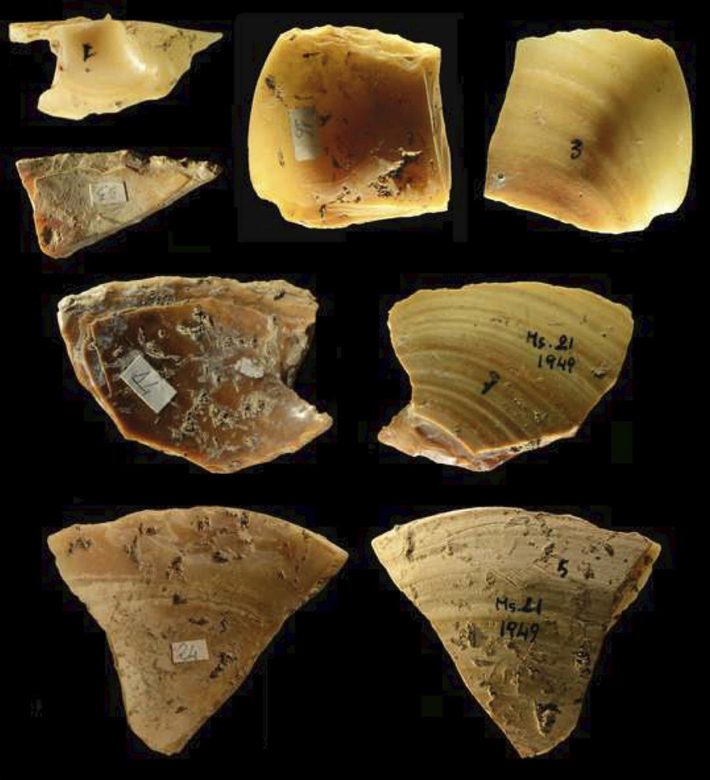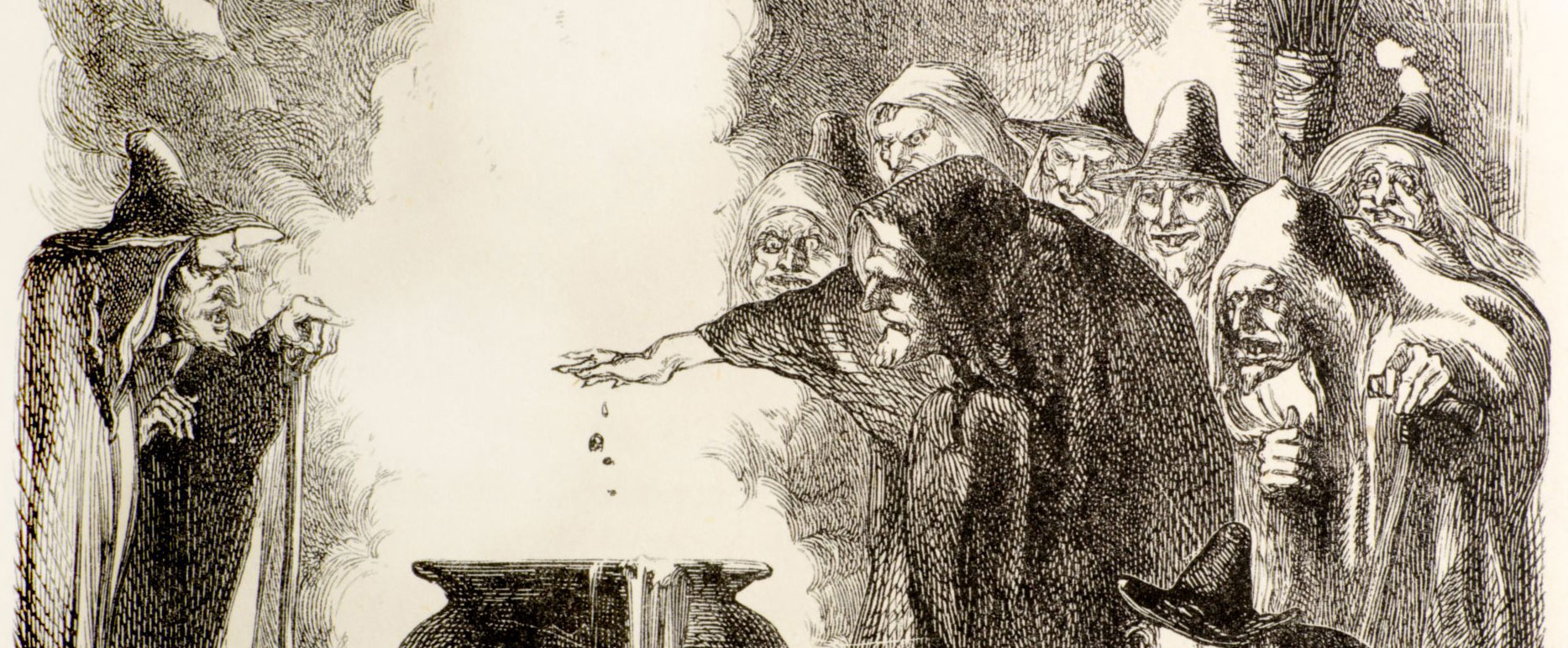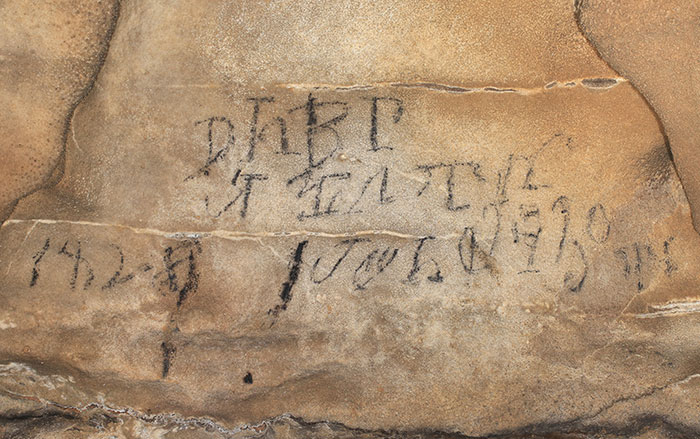
BOULDER, COLORADO—According to a report in The Guardian, a new study of shell tools recovered in 1949 from a coastal cave in central Italy suggests that some of them were made from shells retrieved directly from the seabed, and not collected on the shore. Animal teeth found alongside the tools were dated to between 90,000 and 100,000 years ago, when Neanderthals are thought to have been the only hominins living in Western Europe. The tools, which are thought to have been used as scrapers, were made from the shell of a clam known as Callista chione, which lives in coastal waters at least three feet deep. Paola Villa of the University of Colorado Boulder said microscopic evaluation revealed that almost a quarter of the shell tools did not show signs of the wear and tear usually seen on shells collected on the seashore after being tossed in the waves. Rather, these shells were smooth, as if they had been harvested while still holding a live clam. It is not clear if the clams were eaten, however. Villa and her colleagues also found lumps of volcanic rock in the collection that may have been collected from the beach. Such pieces of pumice are known to have been used by early modern humans to polish pieces of bone. For more on hominin tools, go to "Neanderthal Tool Time."











